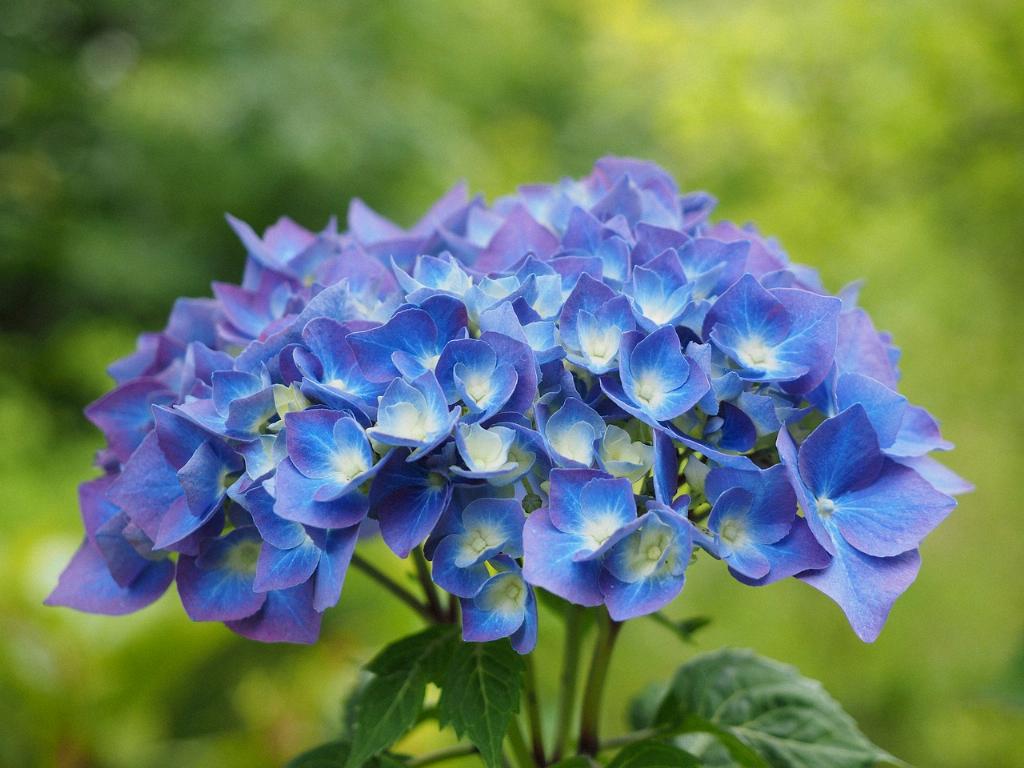Transplanting a hydrangea can be a rewarding experience, but knowing the right time to do it is crucial for the health and success of the plant. According to experts at Real Simple, the best time to transplant hydrangeas is in the fall or early spring. These seasons offer optimal conditions for the plant to adjust to its new environment and thrive.
Transplanting a hydrangea in the fall is particularly beneficial because as the plant enters dormancy, it is better equipped to deal with any shock or stress from the transplanting process. With the colder months ahead, the hydrangea has ample time to adapt and prepare for new growth in the following spring.
Spring is also a suitable time to transplant hydrangeas. As the temperatures rise and the plant emerges from dormancy, it can quickly establish its roots in the new location. However, it’s essential to transplant early in the spring before the plant begins active growth to minimize disruption.
Before transplanting a hydrangea, it’s crucial to prepare the plant and the new location properly. Start by watering the hydrangea thoroughly a day or two before the transplant to ensure it is well-hydrated and less stressed during the process.
Choose a new planting site that offers similar growing conditions to the current location of the hydrangea. Consider factors such as sunlight exposure, soil quality, and drainage to provide the plant with the best chance of success in its new home.
When removing the hydrangea from its current location, take care to dig a generous root ball around the plant. This helps preserve the root system and minimize shock. Once the hydrangea is out of the ground, transplant it into a prepared hole in the new location at the same depth it was previously planted.
After transplanting, water the hydrangea thoroughly to help settle the soil around the roots and provide essential moisture for the plant’s recovery. Keep the soil consistently moist but not waterlogged in the weeks following transplant to support healthy growth.
While transplanting a hydrangea can be a delicate process, choosing the right time and taking necessary precautions can increase the likelihood of success. Whether you opt for a fall or spring transplant, providing proper care and attention during and after the process will help your hydrangea thrive in its new environment.
Remember that each hydrangea plant is unique, so monitoring its progress post-transplant is essential. Look for signs of stress or new growth to gauge how well the plant is adapting to its new surroundings. With patience and care, your transplanted hydrangea can continue to beautify your garden for years to come.

